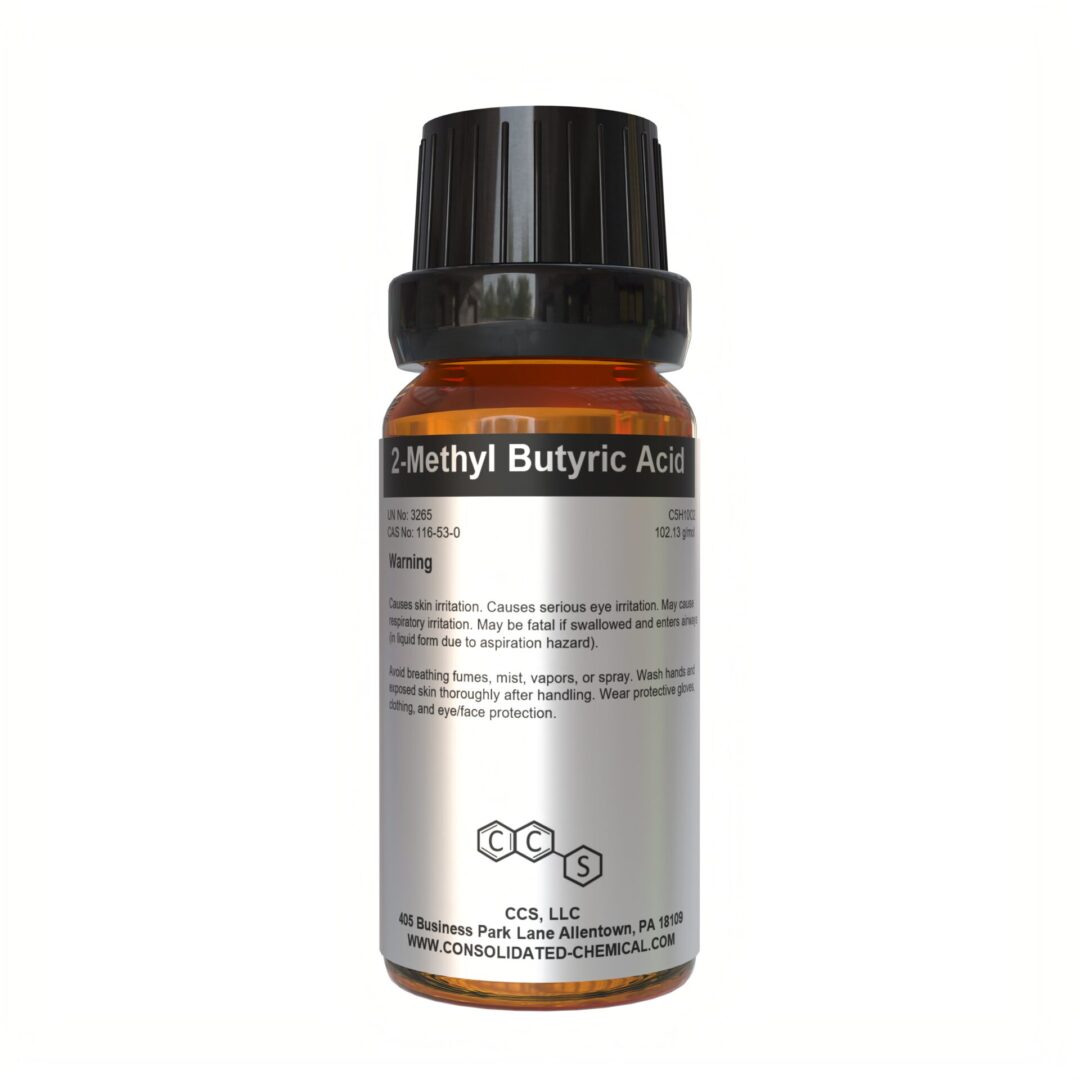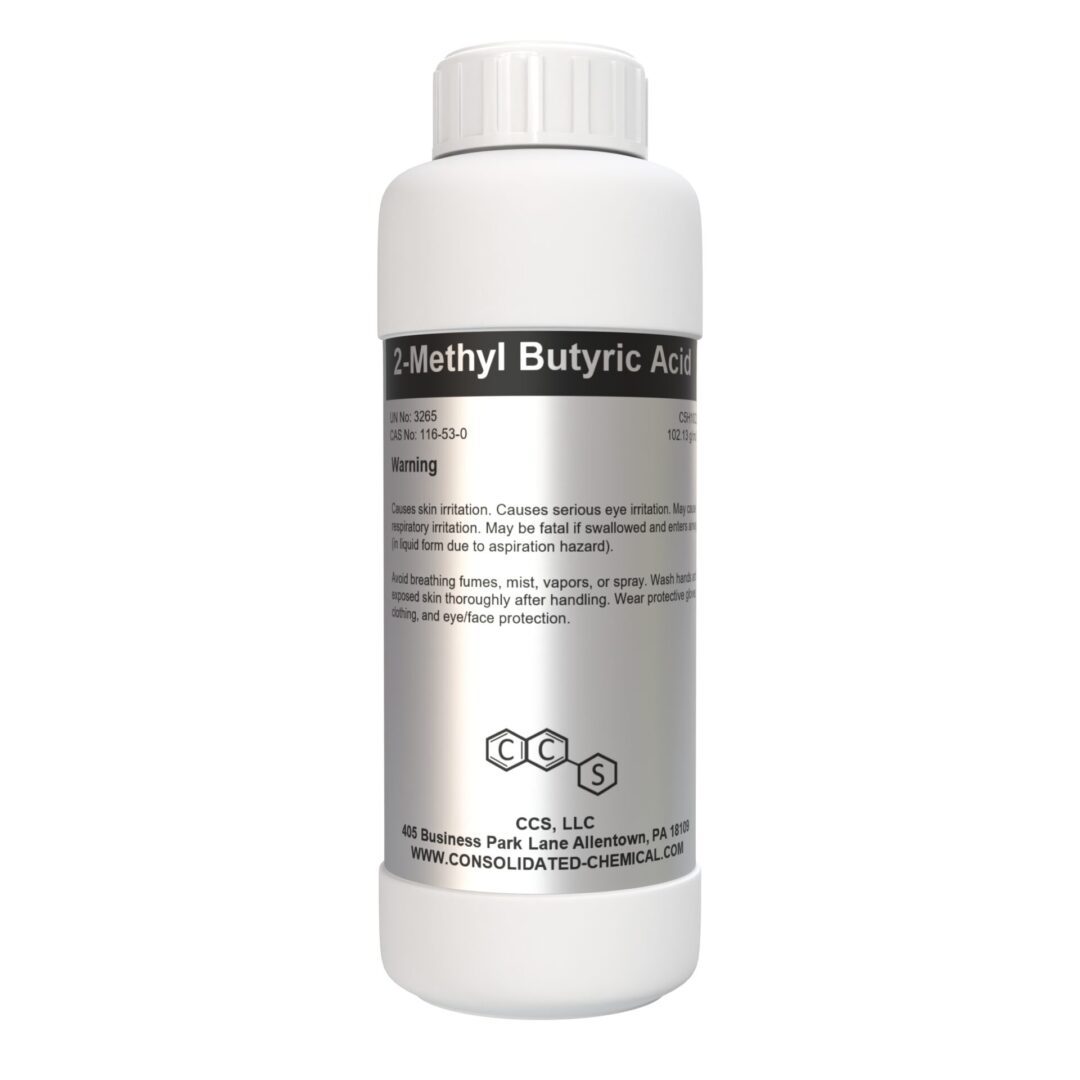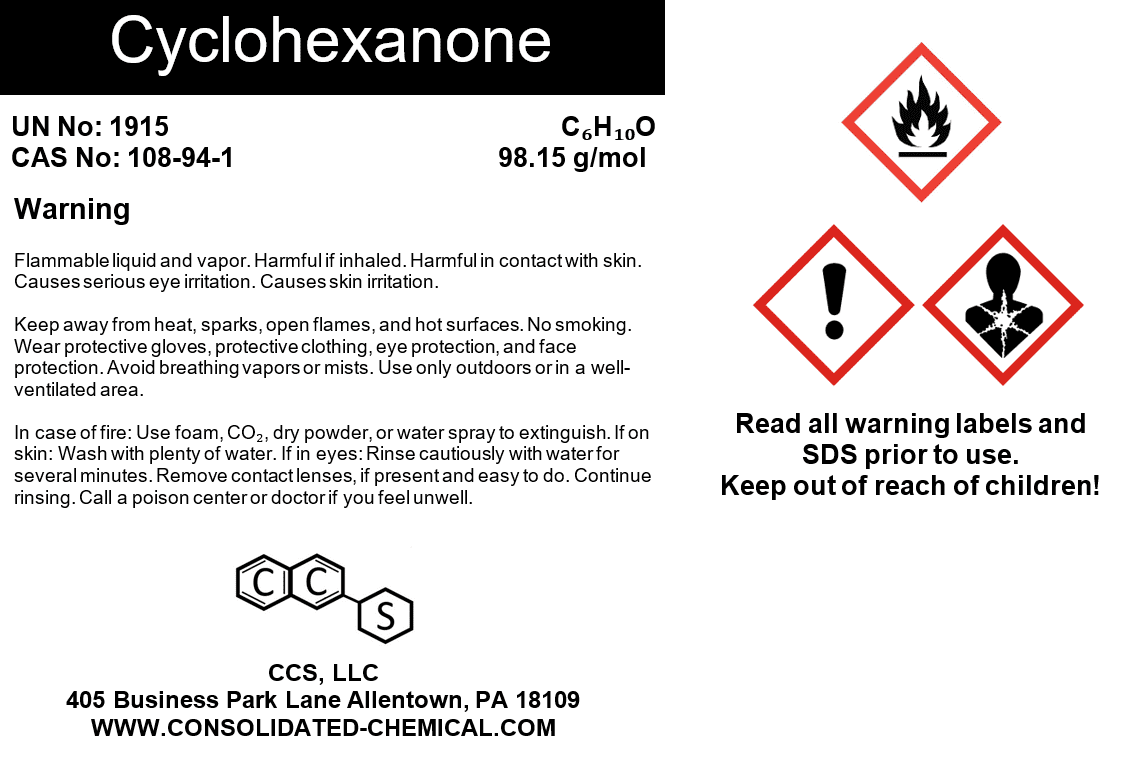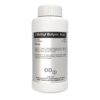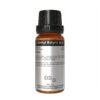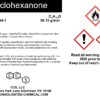2-Methyl Butyric Acid | Aroma/Fragrance Compound
$12.99 – $34.99
General Information
- Chemical Name: 2-Methyl Butyric Acid
- Chemical Formula: C₅H₁₀O₂
- CAS Number: 116-53-0
- EC Number: 204-141-0
- Molecular Weight: 102.13 g/mol
- IUPAC Name: 2-Methylbutanoic Acid
Physical Properties
- Appearance: Clear, colorless to pale yellow liquid
- Odor: Strong, sour, and rancid odor
- Density: 0.937 g/cm³ at 20°C
- Boiling Point: 178–182°C
- Melting Point: -5°C
- Flash Point: 72°C (closed cup)
- Refractive Index (nD20): 1.415–1.418
- Vapor Pressure: 0.68 mmHg at 25°C
- Solubility:
- Slightly soluble in water
- Soluble in ethanol, ether, and most organic solvents
Chemical Properties
- Purity: ≥99% (by GC analysis)
- Water Content: ≤0.3% (by Karl Fischer Titration)
- Acidity (as CH₃CH₂COOH): ≥95%
- Impurities: ≤0.5% (total)
Description
2-Methyl Butyric Acid is a high-purity, industrial-grade carboxylic acid with a distinctive pungent odor. Known for its versatility, it is widely used in the flavor and fragrance industry, as a chemical intermediate, and in various industrial applications. Its unique chemical properties make it an essential ingredient in multiple formulations.
Applications of 2-Methyl Butyric Acid
Flavor and Fragrance Industry
- Flavoring Agent:
- Used to create fruity, buttery, and cheesy flavors for food and beverage products.
- Commonly employed in dairy flavor formulations, including butter, cheese, and yogurt.
- Fragrance Ingredient:
- Key component in perfumes and fragrances for its fruity and creamy aroma.
- Used in creating esters for natural and artificial scents.
Chemical Intermediate
- Ester Synthesis:
- Used in the production of esters like methyl or ethyl 2-methyl butyrate, which are key ingredients in perfumes and food additives.
- Specialty Chemicals:
- Acts as a precursor in the synthesis of lubricants, additives, and other specialty compounds.
Pharmaceutical Applications
- Active Ingredient Production:
- Used as an intermediate in the synthesis of pharmaceutical compounds.
- Excipient and Additive:
- Sometimes included in formulations for its solvent properties.
Industrial Applications
- Lubricants and Plasticizers:
- Used in the formulation of lubricants and as a plasticizer in polymer processing.
- pH Adjustment:
- Functions as a pH regulator in industrial and chemical processes.
Agricultural Industry
- Pesticide and Herbicide Formulations:
- Used as a component in certain agrochemical products.
Research and Development
- Chemical Studies:
- Widely used in academic and industrial research for studying carboxylic acids and their derivatives.
- Biochemical Pathways:
- Investigated for its role in metabolic pathways in biological systems.
Cosmetics and Personal Care
- Fragrance Additive:
- Included in cosmetics and personal care products for its odor-enhancing properties.
Storage Requirements:
- Temperature Control:
- Store in a cool, dry, and well-ventilated area, ideally between 15°C and 25°C.
- Protect from freezing and excessive heat.
- Container Specifications:
- Use tightly sealed, corrosion-resistant containers such as stainless steel or HDPE drums.
- Ensure containers are properly labeled and compatible with acidic substances.
- Segregation:
- Keep away from strong oxidizing agents, bases, and reactive metals.
- Do not store near food, beverages, or feed.
- Spill Containment:
- Use secondary containment to prevent accidental release into the environment.
Handling Precautions:
- Personal Protective Equipment (PPE):
- Gloves: Acid-resistant gloves (e.g., nitrile or neoprene).
- Eye Protection: Safety goggles or a full-face shield.
- Clothing: Long-sleeved clothing or a chemical-resistant apron.
- Respiratory Protection: If ventilation is inadequate, use a respirator approved for organic vapors.
- Safe Handling Practices:
- Avoid direct contact with skin, eyes, and clothing.
- Do not inhale vapors or mist; ensure adequate ventilation or use local exhaust systems.
- Transfer materials in a well-ventilated area using appropriate tools to minimize spills.
- Hygiene Measures:
- Wash hands thoroughly with soap and water after handling.
- Remove and wash contaminated clothing before reuse.
- Emergency Preparedness:
- Keep an emergency eyewash station and safety shower nearby.
- Have neutralizing agents (e.g., sodium bicarbonate) readily available for small spills.
Disposal Considerations:
Dispose of 2-Methyl Butyric Acid and its containers in accordance with local, regional, and international regulations. Avoid release into waterways or the environment.
Additional information
| Size | 30mL (1 FL Oz), 100mL (3.3 Fl Oz), 250mL (8 Fl Oz) |
|---|
Related products
-
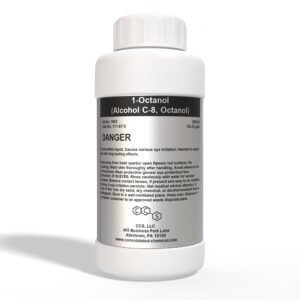
1-Octanol (Alcohol C-8) Premium Aroma Fragrance Compound
$12.00 – $95.00 Select options This product has multiple variants. The options may be chosen on the product page -
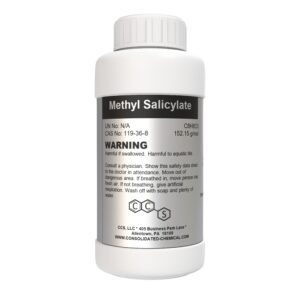
Methyl Salicylate (Oil of Wintergreen)
$12.00 – $265.00 Select options This product has multiple variants. The options may be chosen on the product page -
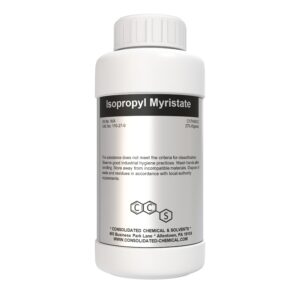
Isopropyl Myristate (IPM) – Premium Grade Emollient
$14.99 – $45.00 Select options This product has multiple variants. The options may be chosen on the product page -
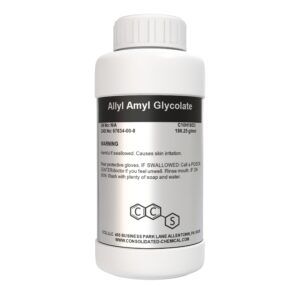
Allyl Amyl Glycolate | Premium Fragrance/Aroma Compound
$16.00 – $29.99 Select options This product has multiple variants. The options may be chosen on the product page



